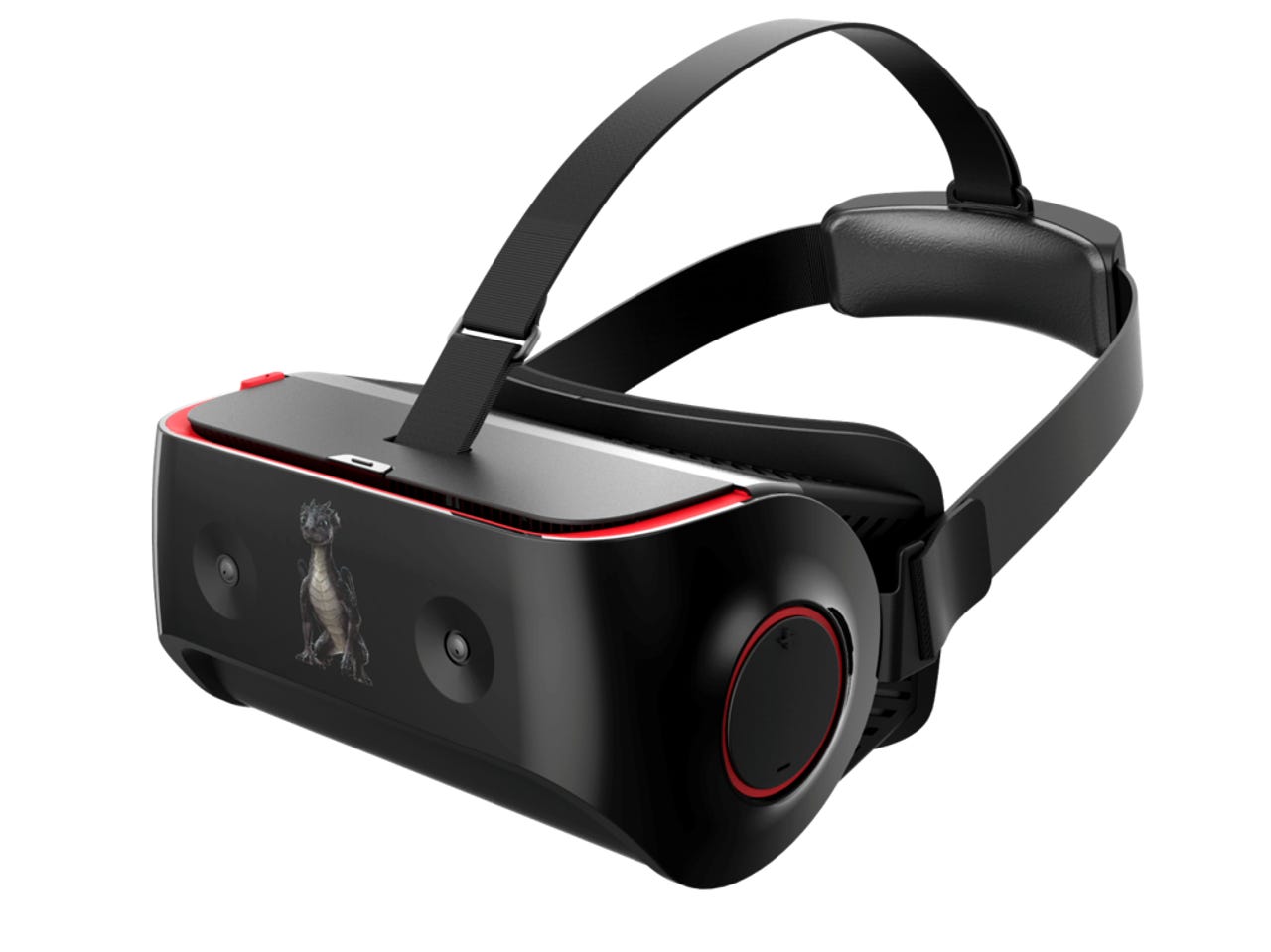Qualcomm rolls out standalone VR headset reference design


Qualcomm partnered with ODM Goertek to build the reference design for its standalone VR headset.
Diving deeper into the virtual reality market, Qualcomm on Thursday unveiled a reference design for a standalone virtual reality head-mounted display (HMD) powered by the Snapdragon 820.
The chipmaker plans to make the Snapdragon VR820 reference platform available by the fourth quarter of 2016 -- enabling manufacturers to potentially bring it to market ahead of Intel's Project Alloy headset -- signaling Qualcomm's commitment to VR.
"We at Qualcomm are strong believers in the VR market," Hugo Swart, Qualcomm Home Entertainment business lead, told ZDNet. "We're seeing increasing demand for standalone VR HMDs -- a device that has all the processing plus connectivity, batteries -- all you need for an immersive experience in a single device."
The standalone headset, rolled out at the IFA conference in Berlin, includes integrated eye tracking with two cameras, dual front-facing cameras for six degrees of freedom and see-through applications, and four microphones. It also comes with gyro, accelerometer, and magnetometer sensors.
Qualcomm has partnered with original design manufacturer (ODM) Goertek to build the reference design. The company expects several of its OEM customers to roll out commercial products quickly after the reference design is made available at the end of this year.
"What we want to highlight is that this is not something for R&D or study, this is really to go to market quickly," Swart said.
By comparison, Intel's all-in-one reference design for a "merged reality" headset, called Project Alloy, will be available to developers and OEM partners in 2017.
The Snapdragon 820 already powers a VR headset called the Pico Neo, but that device packs the hardware into a game controller that comes with the headset. Along with the Pico Neo, the Snapdragon 820 also supports Google's AR platform Tango. Meanwhile, the new Snapdragon 821 processor includes support for a VR software development kit (SDK) and provides compatibility with Google's new Daydream platform.
With a standalone headset, Qualcomm expects VR to reach a broader audience, Swart explained.
"Some VR implementations that require a PC, cables, additional accessories to provide head tracking -- they may not be a mass-market product, it requires installation, has a much higher price point than the mass market may accommodate," he said.